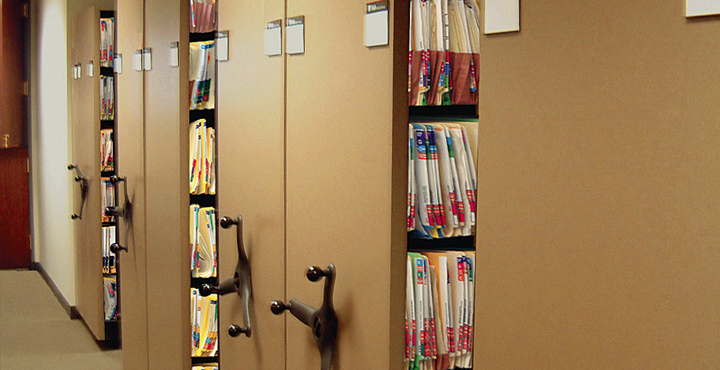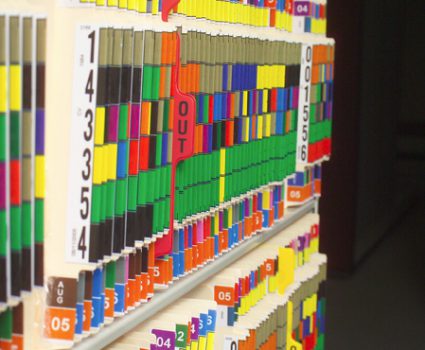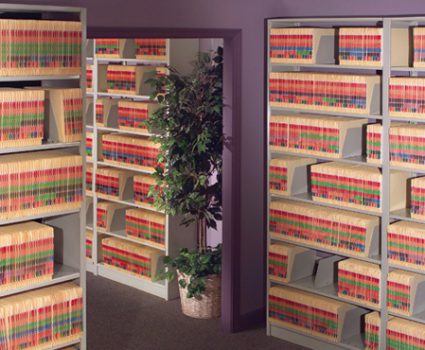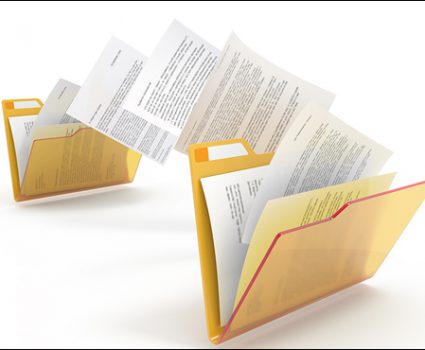
3 Eco-Friendly RM Tips That Could Save You Money
Many organizations are discovering first-hand that good environmental practices are good for business. From the cost savings associated with resource conservation to the slightly less tangible benefits of increased consumer and shareholder confidence, protecting the environment can translate into an improved bottom line.
1.0: The more you throw away, the more you can conserve
Without application of sound RM principles, a company can end up storing literally tons of records that have limited legal or operational value. Those costs are one reason to introduce environmentally-friendly practices to your RM program.
An effective media recycling program puts otherwise useless materials back into productive circulation as raw material while at the same time freeing up space and maintenance resources that are better used meeting other corporate objectives. To help your company meet this cost saving goal and help protect the environment, remove material that’s no longer useful, particularly:
- Duplicate copies, outdated publications, draft documents and other “non-record” material. Develop a policy for authorizing employees to dispose of non-record material and conducting regular clean-up days.
- Official records whose standard retention periods have lapsed. Eligible records should be destroyed via a secure method that allows for recycling of paper and other raw materials.
If your company has a retention schedule, clean-up days should include identifying records that have reached the end of their retention period and serve no other legal or business need. (If your company doesn’t have a records retention schedule, then it should develop one at the earliest opportunity).
2.0: If you must keep it, store it efficiently
The required footprint for storing needed records can be optimized with the right filing equipment.
2.1: Lateral filing
More traditional vertical filing arranges files from front to back in a pull-out drawer. A four-foot deep vertical file cabinet requires an additional four feet of floor space at the front to accommodate the pull out.
Lateral filing solves this problem by arranging files from left to right, reducing the necessary clearance space to the length of one file folder.
2.2: Mobile shelving systems
These systems are equipped with rollers, which sit on tracks on the floor. Instead of one aisle for every 2 rows of stationary shelving, a mobile shelving solution can function with as little as one aisle, which users move to access files in a given row.
2.3: End-tab file folders
These file folders are designed to hold labels on the side rather than the protruding top-tab. This design eliminates the need for pull-out drawers and bulky hanging folders, as well as allowing more rows of labels to be readable from a normal standing position.
3.0: Use off-site storage wisely
Using a commercial storage facility can reduce the environmental footprint of a file collection even further, by storing more records in less space.
The key is to select records for offsite storage carefully and to manage the flow of records to and from storage. The most cost-effective and environmentally-friendly offsite storage programs are those that optimize the productivity of each trip to and from the storage facility.
Next Steps
- Wondering how environmentally friendly your business practices are? Download our self-assessment tool.
- For tips on how to design and maintain a green filing system, download our green records management toolkit.
- Talk to a TAB representative} about how we can help make your records management more environmentally friendly





